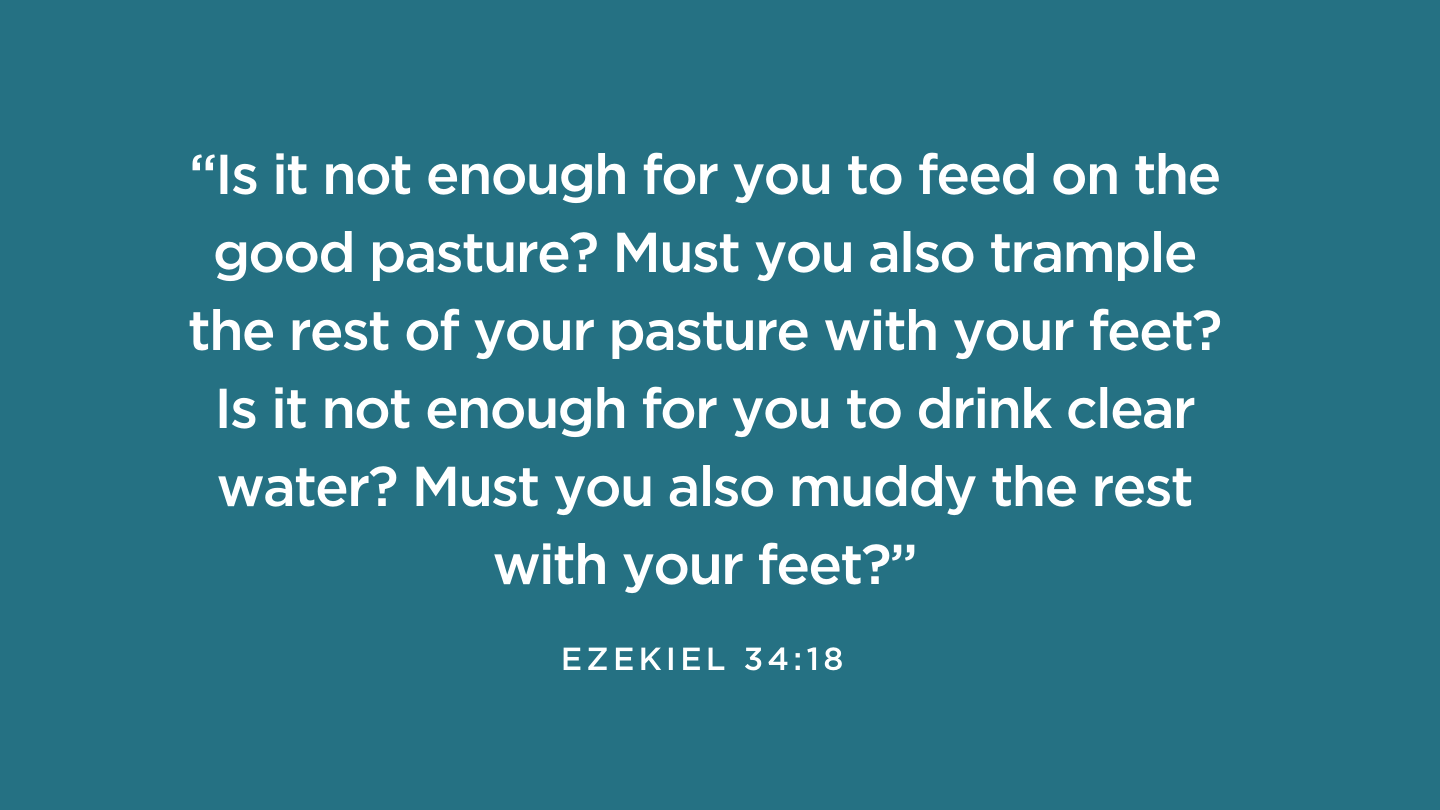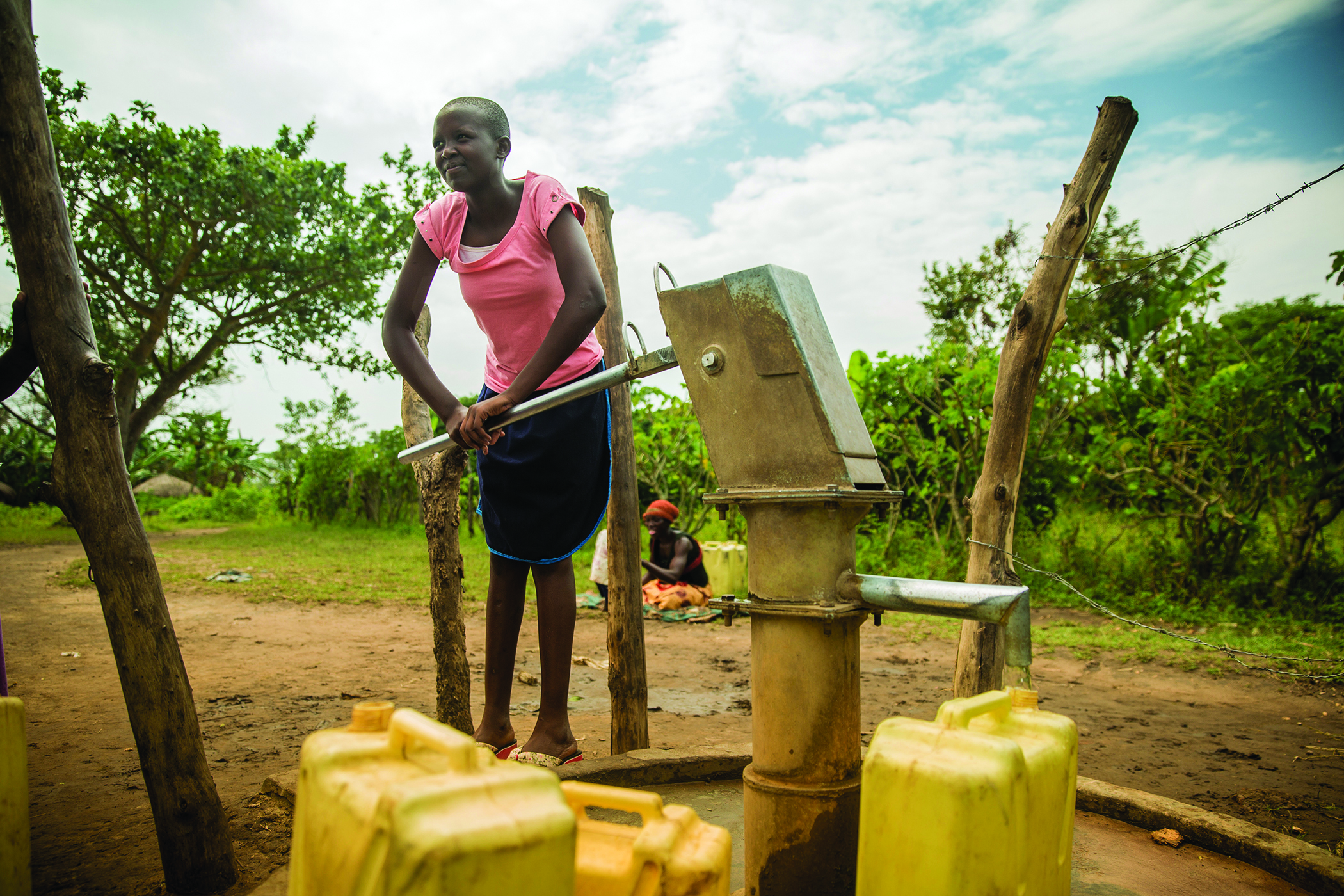Eyes to SeeSample


In 2010, a 7.0 earthquake rocked Haiti and killed hundreds of thousands of people. The high-end Hotel Montana was toppled, leaving hundreds trapped in the rubble. In response, significant resources were deployed to rescue the travellers trapped in the Hotel. In contrast, many living in poverty in Port-au-Prince were left to dig their relatives out by hand.
Natural disasters, like earthquakes, volcanoes, or hurricanes, can devastate a community. But the ones who are the most vulnerable to these disasters are those with the fewest resources.
The UN Convention to Combat Desertification notes that 52 percent of agricultural land in the world is now moderately or severely degraded. This significantly impacts the poor, who often rely on rainwater and subsistence farming. Their incomes are directly related to the health of the environment. According to the UN, 80 percent of the people going hungry are smallholder farmers and landless poor in rural areas.
But natural disasters and livelihoods aren’t the only environmental factors that aggravate the lives of those in poverty. Global manufacturing has been moved to developing nations with less strict environmental codes. The wealthy can choose not to live near polluting factories, but the poor have fewer choices. Those in poverty are also most at risk of malaria and other mosquito-borne diseases. Mass migration of hungry populations in search of work means crowded housing in areas with poor sanitation and a high incidence of illness transmission.

The lack of water in some regions causes social tensions and perpetuates inequality. Girls are often responsible for gathering water for their families when safe water is unavailable nearby, significantly increasing their risk of dropping out of school, sexual exploitation, and future poverty. And it isn’t only in the developing world that we find the broken environment contributes to poverty. In Canada, nearly two-thirds of all First Nation communities have been under at least one drinking water advisory at some point in the last decade. Some communities have had undrinkable water for as long as twenty years.
How we manage the earth directly affects the most vulnerable people, and yet we may not always see the care of creation as a way to love our neighbour. If you have eyes to see it, you can choose how others will live on this earth. You and I contribute to the problem but can also be part of the solution.

Reflect:
- Why is ignoring the environment while trying to help people in poverty counterproductive?
Pray:
Lord, I confess that so often, I don’t even think about the effects of my actions on others. It’s complex and unsettling. But at the same time, You call me to see and act differently. I pray that You would help me live in a way that cares for others and creation and ultimately brings glory to You. Amen.
Scripture
About this Plan

Jesus had compassion, especially for those facing poverty, injustice, and inequality. What is our response? Do you see the world the way God does? If you want to go deeper and understand the spiritual root of poverty, join us for this 42-day video-assisted bible study from Compassion Canada. Ideal for group study or a challenging personal journey. Abridged and Updated.
More
We would like to thank Compassion Canada for providing this plan. For more information, please visit: http://cmpsn.ca/YV
Related Plans

Refresh Your Soul - Whole Bible in 2 Years (2 of 8)

Making the Most of Your Marriage; a 7-Day Healing Journey

Advent

The Mission: Every Nation Prayer & Fasting

Healing the Soul From Emotional Ills

The Mission | the Unfolding Story of God's Redemptive Purpose (Family Devotional)

Refresh Your Soul - Whole Bible in 2 Years (1 of 8)

Light Has Come

God vs Goliath: The Battle Before the Battle
